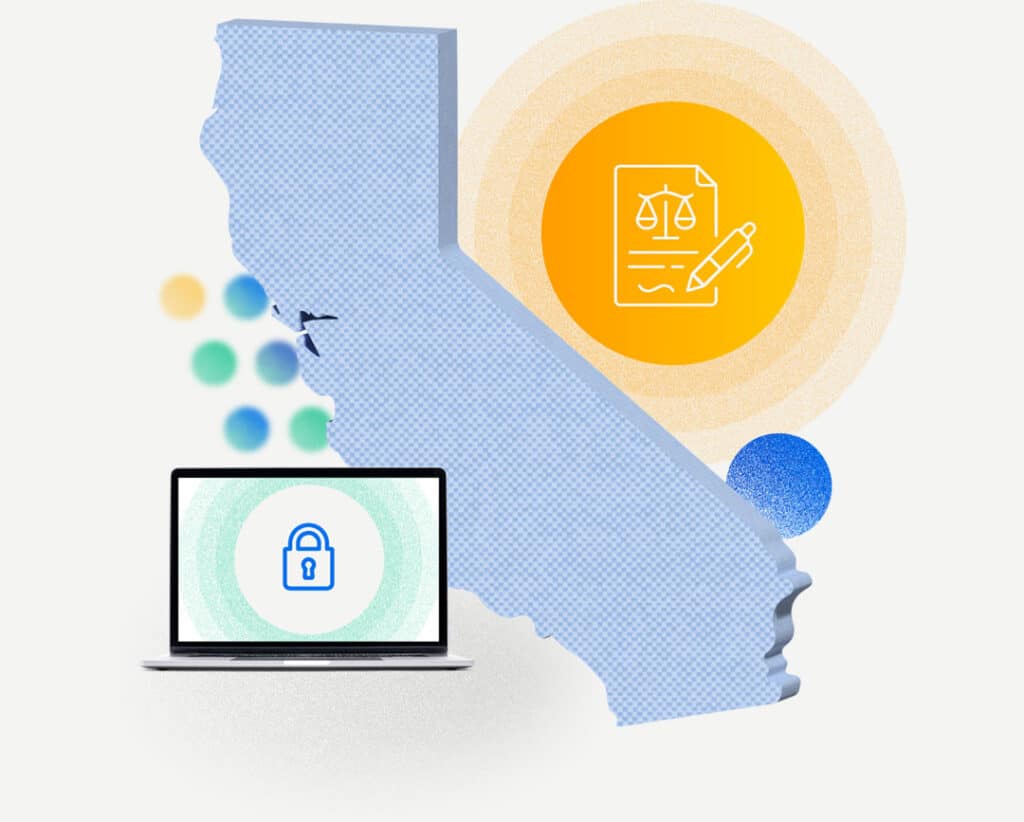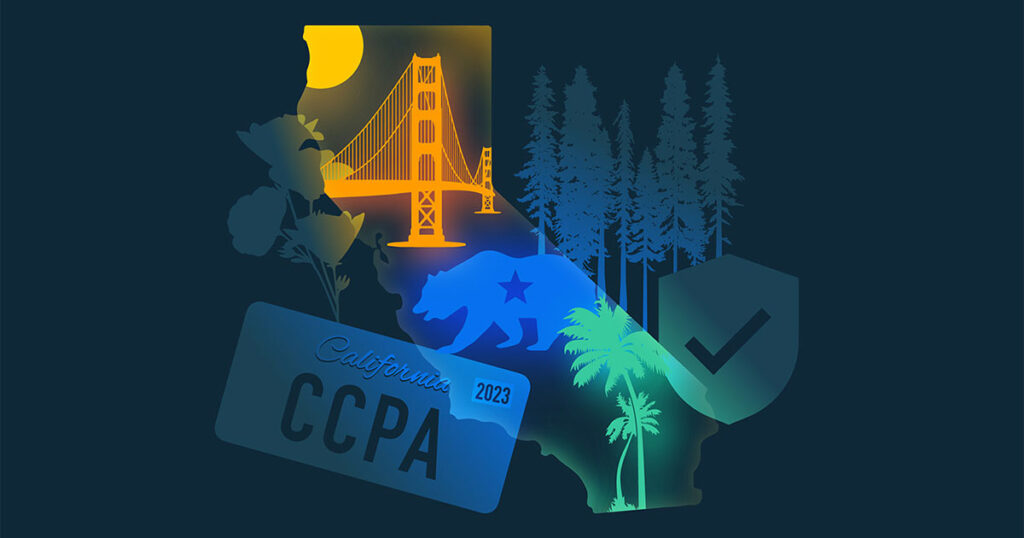Privacy Platform for California Privacy Rights Act (CPRA)
CPRA changes are effective January 1, 2023. Align your data privacy program and future-proof your company for an evolving U.S. privacy landscape — with a privacy platform that builds trust and eliminates risk.

It's time to uphold people's privacy rights. DataGrail powers the world's most trusted companies to understand and satisfy CCPA/CPRA requirements.
What is California Privacy Rights Act (CPRA)?
CPRA is effective January 1, 2023.
The California Privacy Rights Act is legislation that updates, expands, and amends 2018’s California Consumer Privacy Act (CCPA). It includes employees, contractors, and business contacts as “consumers” (data subjects), creates new obligations for handling "sensitive personal information," and grants all Californians strengthened rights over their personal data.
It also introduces GDPR-style data minimization, use limitation, and risk mitigation obligations.
Who does CPRA apply to?
CPRA applies if you have:
- More than $25M in annual gross revenue (revenue generated anywhere, not just California).
- More than 100K consumers, households, or devices in your database (under CCPA it was <50K).
- At least half yearly income from selling or exchanging personal information about customers.
Make CPRA Your Differentiator
Respect Personal Data Decisions
Data Subject Requests
Employees and consumers alike have the right to ask businesses to access and delete their data. Automate the process for them to build brand trust and save your team’s time.
Put the Power in Consumers' Hands
Opt-Out Support
Consumers are increasingly opting out of their data being shared for advertising purposes. Lead with respect and prevent their data from being sold, bartered, exchanged, or monetized.
Go Beyond the Template
Privacy Assessments
When it comes time to complete a Data Protection Impact Assessment (DPIA) or Privacy Impact Assessment (PIA), rely on a solution that leverages 1,700+ deep integrations to auto-populate responses.
Future-Proof Against Risk
Uphold Brand Trust
The legislative landscape around privacy is changing every day. DataGrail keeps request policies and functionality up-to-date to support compliance with CPRA, GDPR, and whatever comes next.
"DataGrail helps us ensure that all personal information is treated with the respect it deserves to continue building on the positive relationships we have with our current and potential members."

Head of Information Technology
How DataGrail Can Help
It's time to see what a Privacy Control Center can do for you.
CPRA Requirements
Handle It with DataGrail
Get Up to Speed Fast on CPRA
Official Guide to CCPA
In this guide, we unpack the most important CCPA updates to explore how you can best prepare your privacy and data protection program.
5 Things to Know: CPRA, Cookies and Consent
As of Jan. 1, 2023 businesses must give Californians a clear opt-out option when asking to “share” their data with adtech companies and related analytics providers, with few legal exceptions.
CISOs Guide to CPRA
Big changes come into play with CPRA. Learn what the top big changes are, and how to modify your privacy program to stay in privacy compliance and reduce risk.
CPRA Compliance
Learn how to establish data privacy protections, when your organization needs to be ready, and what CPRA requirements entail.
CPRA and Employee Rights
Starting January 1st, 2023, Californian employees gain privacy rights. DataGrail's guide untangles how this new regulations impacts your business, and how to prepare.
"DataGrail helped us reduce compliance risk. Our adoption of DataGrail has only increased over time and it's great to have a knowledgeable partner as we look to the next year with CPRA going into effect."
Mid-Market (51-1000 emp.)
Resources for every step
of your data privacy journey
Whether you're an expert or just starting out, join the privacy community for professionals who lead with trust.
Learn More

